Greetings from the West – December 2021
My dear Brothers,
Growing up believing in Santa, and still believing in him, it has come to my realization he is indeed a Freemason. Like all of us he is worthy & well qualified, charitable, and caring of all mankind. Like me, he is overweight, and filled with
secrecy who meets in a special place with his brethren, his beloved elves. Santa is the reason for Toys for Tots and delivers his share in vast numbers in a limited amount of time while keeping his identity a mystery and avoiding any type of public display. He shows love for all.
On his yearly route I have concluded he starts from the North Pole in an easterly direction, and that is where we embark on our great Journey in Masonry the moment we become Entered Apprentices, the Northeast Corner of the Lodge.
St. Nicholas, on whom Santa is based, was a wealthy fourth century bishop from Turkey. The legend of Santa coming down the chimney began when St. Nicholas climbed upon the roof of a poor family’s home who couldn’t afford a wedding for the three daughters. He threw three gold coins down the chimney which landed in their stocking hanging by the fireplace and thus enabling them to get married. What differentiates this from my personal Santa experiences is the girls received gold, I usually received coal!
This event is why St. Nicholas has become the Patron Saint of Children. Every December 6th Saint Nicholas visits children on a white horse and asks how they have behaved the previous year. All children leave a pair of shoes with a carrot and hay for St. Nicholas’ horse, and the good children are rewarded with candy and small presents.
These traditions were bought to us by the Dutch settlers. About 150 years later, the poem “The Night Before Christmas,” also known as “A Visit from St. Nicholas” by Clement Clarke Moore, was written with all the details in which we believe today, including flying reindeer with names, with the newest reindeer, Rudolph, added by Robert L. May in 1939.
In my most humble opinion, Santa Claus is a Freemason, not just because of what is mentioned above, but because of the joy and hope he brings to all the world, especially to his cherished children. Although Santa is a Christian belief celebrating the greatest gift God has given us, the birth of his Son, Jesus, other important holidays are also celebrated this time of year – Diwali with lights, gifts, and toys; Hanukkah with its lights and gifts celebrating peace; the feast of the Virgin of Guadalupe with singing, dancing and the blessing of roses; Kwanza with art, food and light; and the feast of St. John the Evangelist, one of the two Patron Saints of Freemasonry. We have many traditions in common and what a perfect way to end the year with family and brotherhood, gifts, wonderful food and good cheer.
I especially love the process of choosing the perfect gifts for those I hold dear. Please look at my Facebook page and see the Christmas Village I assisted my daughter in planning, a tradition I love, dedicated to friends & loved ones.
I thank all my Brothers at Jephtha Lodge for a wonderful 2021, and I look forward to a fabulous 2022 together. Enjoy a safe and Happy Holiday Season and a Happy New Year.
Sincerely and Fraternally,
Michael S. Crispino, Jr
Senior Warden
The post Greetings from the West – December 2021 appeared first on Jephtha.com.

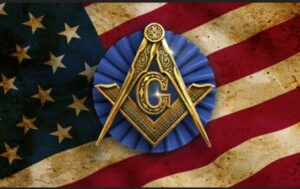


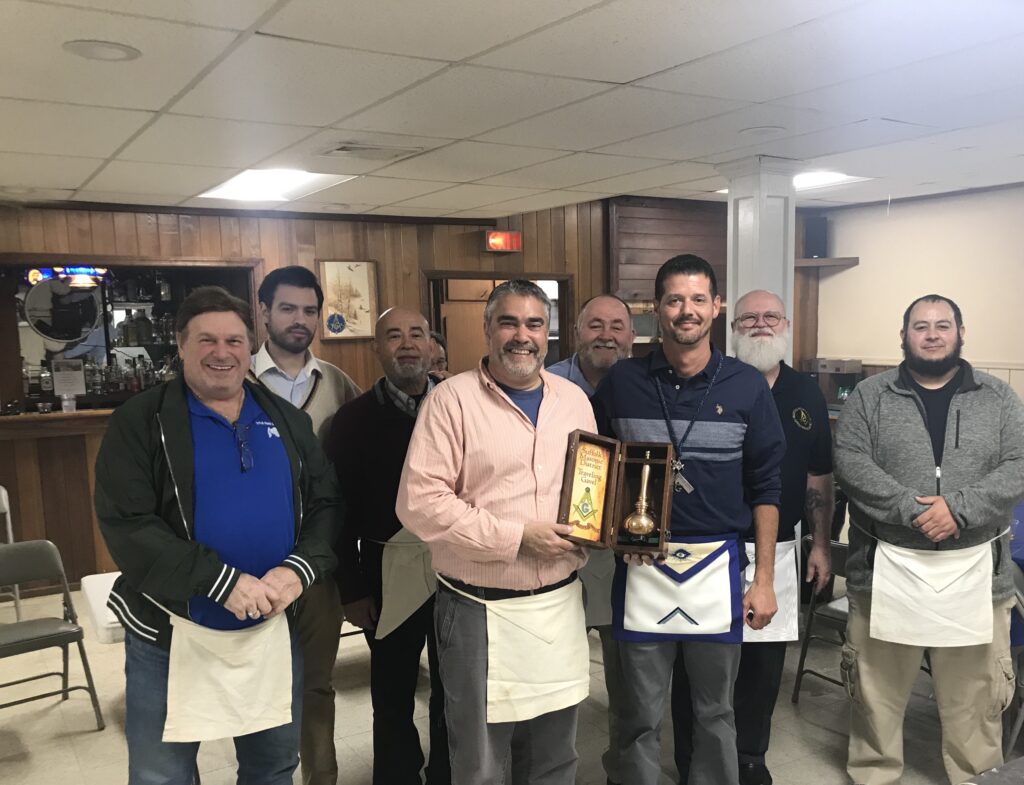

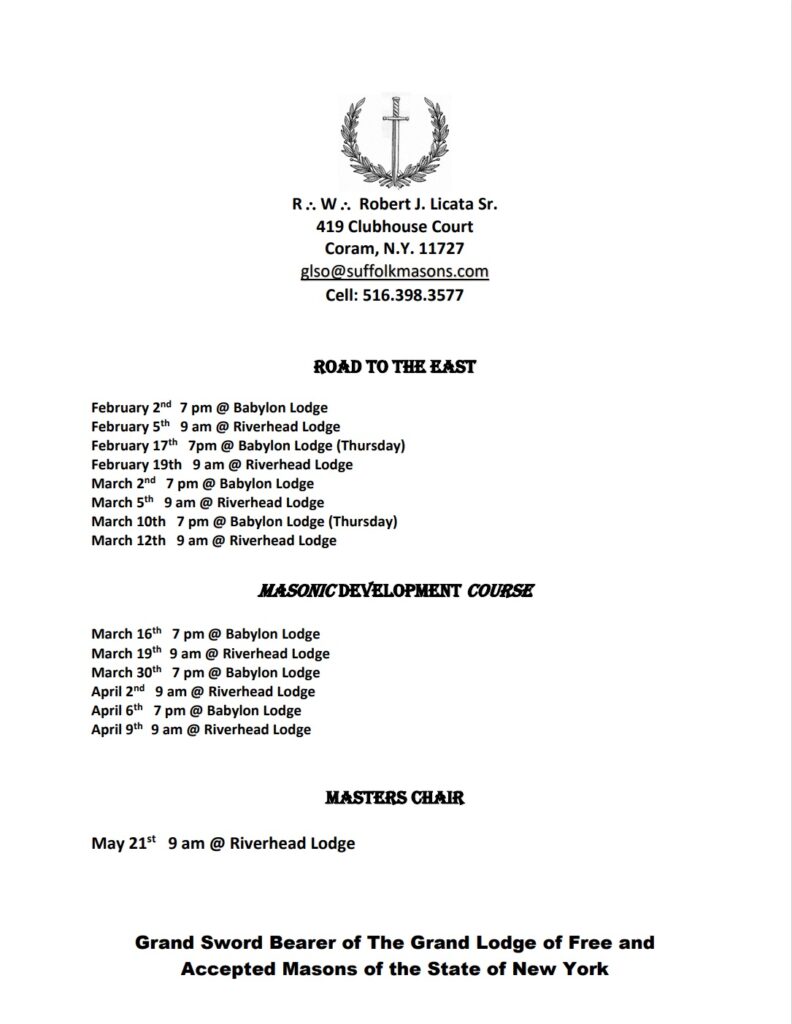
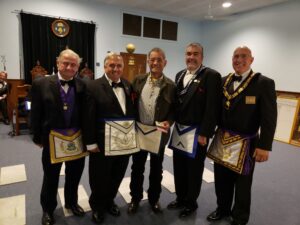
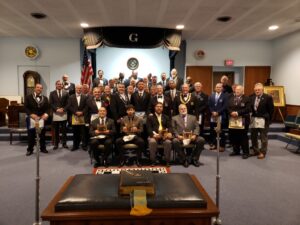
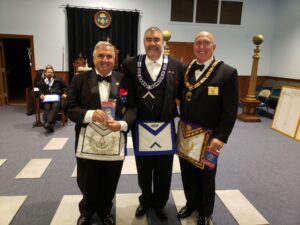 Of course most of the Brothers were not only were there to support Riverhead, Peconic and Potunk Lodges with their 2nd degree, but also to try and claim the Suffolk District Traveling Gavel.
Of course most of the Brothers were not only were there to support Riverhead, Peconic and Potunk Lodges with their 2nd degree, but also to try and claim the Suffolk District Traveling Gavel.